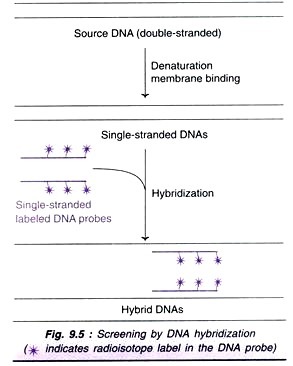ADVERTISEMENTS:
The swim-bladder in fishes and the lungs of tetrapods are closely similar in structure and development. Both these structures are intimately associated with the gut. The lungs of higher vertebrates arise exactly the same way as that of the swim-bladder in fishes. Both develop as outgrowths from the gullet and the glottis occupies exactly the same position.
But the exact nature of such similarity becomes difficult to estimate because of the lack of connecting fossil records. The evidences advanced by the study of embryology and comparative anatomy make the data more confusing. Figure 6.90 shows the relationship of swim-bladder of a few fishes and lungs in higher vertebrates with the gullet.
The swim-bladder in fishes shows a gradual sequence of evolution from the simple to complex and there is general tendency to become lung-like in structure and function. In dipnoans and bichirs, the swim bladder is actually a true air-breathing organ.
ADVERTISEMENTS:
In the primitive stage as shown by the sturgeon and many other fishes, the swim-bladder is a simple sac-like structure filled with a mixture of gases and sub serves hydrostatic function.
But in Amia, Lepisosteus and dipnoans the inner wall of the swim-bladder is richly vascularized and the surface of area is increased by the development of pulmonary alveoli. In most cases, the swim-bladder is a single structure, but in Polypterus, Amia. Lepisosteus, Protopterus and Lepidosiren the swim-bladder is paired (unequally developed in Polypterus).
The right portion is a long and the left one is of much shorter structure and opens by a single slit-like aperture (glottis) into the gullet. The arrangement of blood vessels to this particular organ, specially in the dipnoans, is very similar to that of the amphibians.
From the above facts, it is apparent that the swim-bladder and the lungs of the tetrapods are strikingly similar in origin, structure and function. Existence of such close parallelism led many workers to think that the swim-bladder of fishes is the forerunner of the tetrapod lung in the phylogenetic history of the vertebrates. But such an idea is not supported by the geological evidence.
The appearance of lung is geologically more primitive than the swim-bladder of fishes. This occurrence rejects the plea of the derivation of the lung directly from the swim-bladder, but their monophyletic origin is a very popular notion. It is regarded that the placoderms constitute the most primitive gnathostomes and they possess swim-bladder.
The lungs of tetrapods and the swim-bladder of modern fishes have evolved from the placoderm source. The idea appears very simple to interpret, but the actual records of evolution are lacking. Diverse opinions exist on this particular issue. The most recent trend is to assume that the swim bladder originated from paired pouches which became fused to one in the course of evolution (Fig. 6.91).
This condition is observed in fishes where the swim-bladder is simply hydrostatic in function. The swim-bladder of Polypterus, Protopterus and Lepidosiren presents fairly the primitive condition, because in all of them the swim-bladder is paired and transformed into the ‘lungs’. Now the question arises regarding the relationship between hydrostatic and respiratory types of the swim bladder.
Fishes having respiratory swim bladder (Polypterus, Protopterus and Lepidosiren) cannot be regarded as the progenitors of the teleosts possessing the swim bladder of hydrostatic type. So it is logical to think that fishes having the hydrostatic type of swim-bladder evolved independently.
Nothing more can be enlightened on this particular aspect, as our knowledge about the swim bladder of the crossopterygians is insufficient.
Although both the lungs and swim-bladder originated as paired outgrowths from the gullet, one cannot be definite that the same paired pouches are involved in all the cases. Further research on this line is required to give a clear idea.


